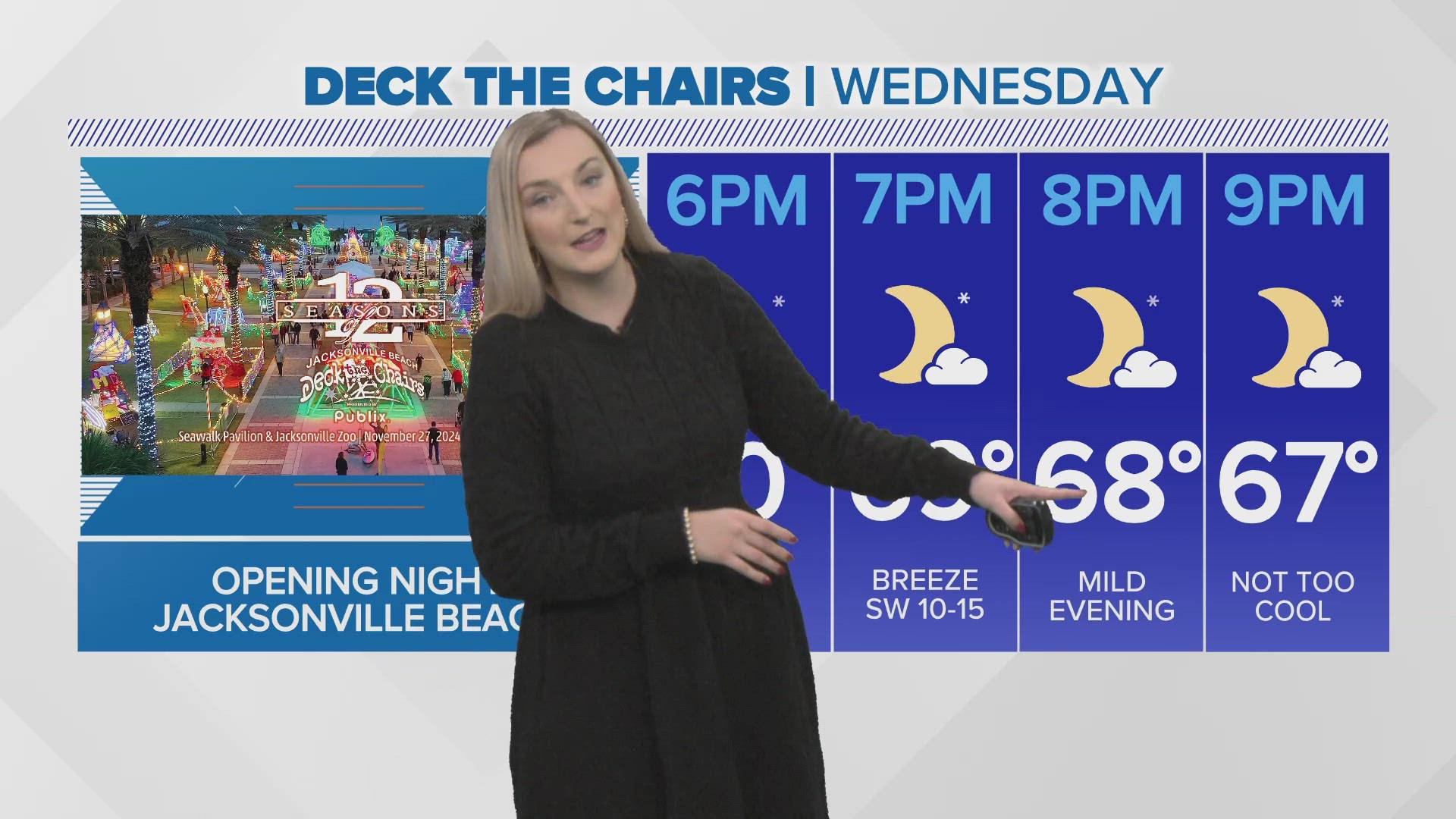JACKSONVILLE, Fla. — November 6th is Georgia’s Severe Weather Awareness Day, a reminder as the southeastern United States enters its autumn severe weather season.
Marked by a statewide tornado drill Wednesday morning, this day aims to equip residents with essential knowledge to navigate the risks of severe thunderstorms, tornadoes, and lightning — particularly important as these threats increase across the region.
Florida and Georgia hold some of the highest lightning-related fatality rates in the United States, with Florida often leading the nation. The region’s high frequency of thunderstorms, combined with increased outdoor activity, especially in coastal and recreational areas, amplifies the risks. Since 2006, Florida has seen more than 70 lightning-related deaths with an average of seven fatalities per year, while Georgia, though lower in total numbers, has recorded a significant share as well.
Most lightning fatalities occur during summer, but autumn remains hazardous, especially during severe weather events. Lightning can well away from a thunderstorm, making it crucial to stay indoors whenever you hear thunder.
The National Weather Service’s guideline: “When thunder roars, go indoors,” is something to keep in mind.

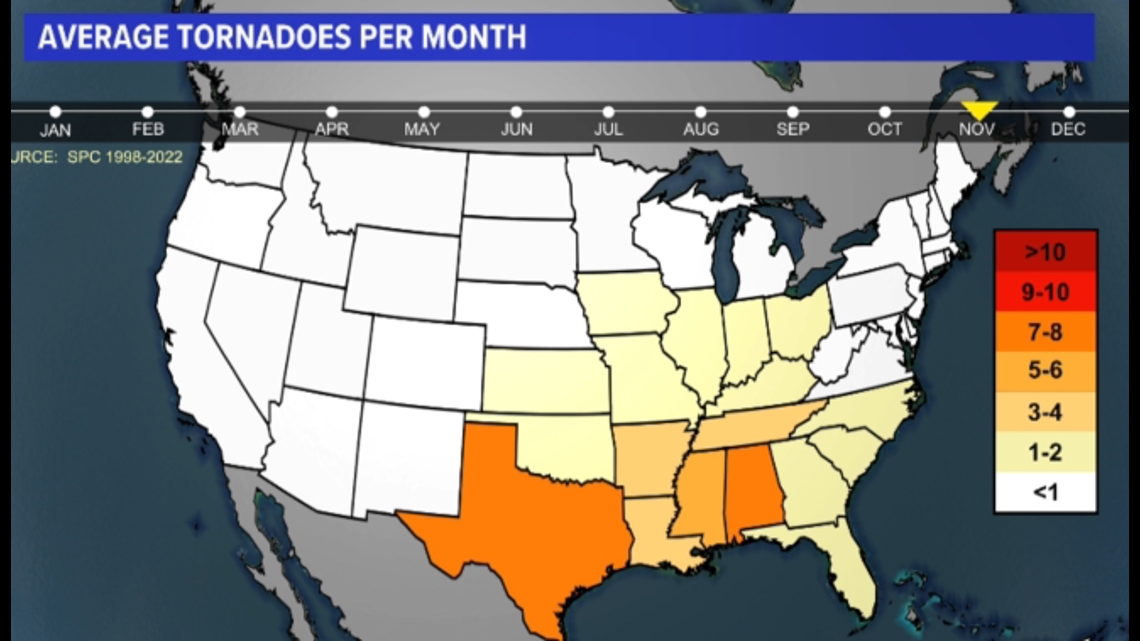
While spring is traditionally known for severe weather, autumn brings a second wave of heightened storm activity in the southeast. The clash of warm, humid air from the Gulf with cooler air masses descending from the north creates an environment conducive to thunderstorms and tornadoes. Peak autumn storm season typically runs from late October through early December, although activity can begin earlier or extend later.
Here’s what to watch for during autumn severe weather season:
Tornadoes: Autumn tornadoes are common in the southeast, particularly in Alabama, Mississippi and Georgia, and occasionally impact parts of Florida and the Carolinas. Though often smaller in scope than their spring counterparts, these tornadoes can still cause widespread damage.
Severe Thunderstorms: A severe thunderstorm in this region is defined by winds reaching 58 mph or higher or hail measuring at least 1 inch in diameter. While it may be tempting to disregard these storms, they are capable of producing damaging winds and localized flooding, as well as dangerous lightning.

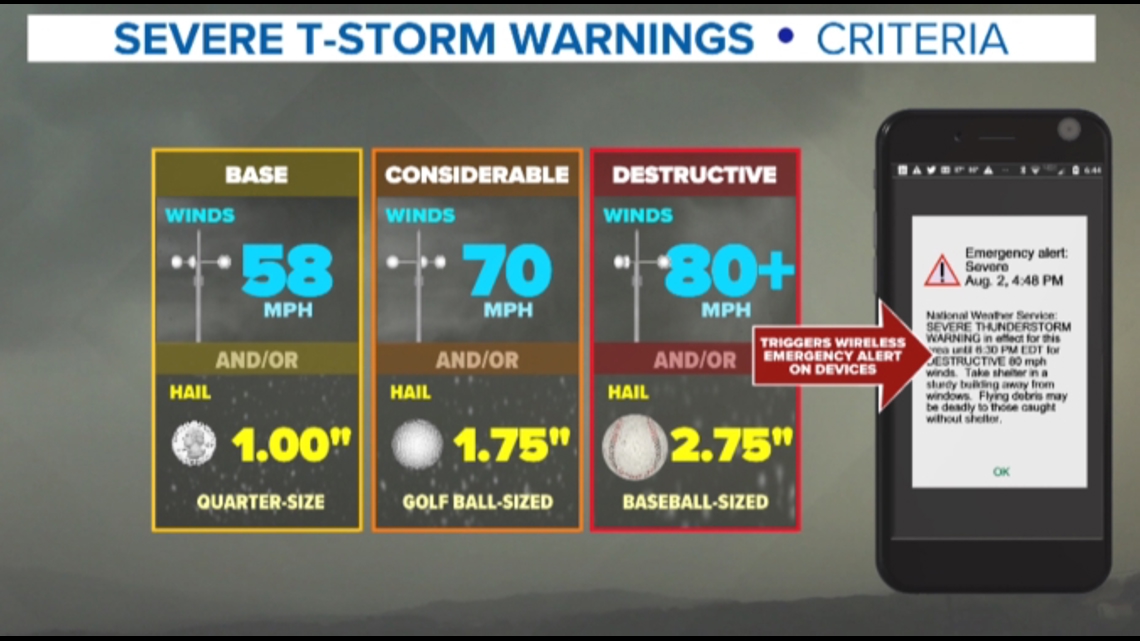
Understanding watches and warnings is essential for safety. Here’s a quick guide:
- Watch: Conditions are favorable for severe weather. This is a time to prepare.
- Warning: Severe weather is occurring. Take immediate shelter and follow safety protocols.

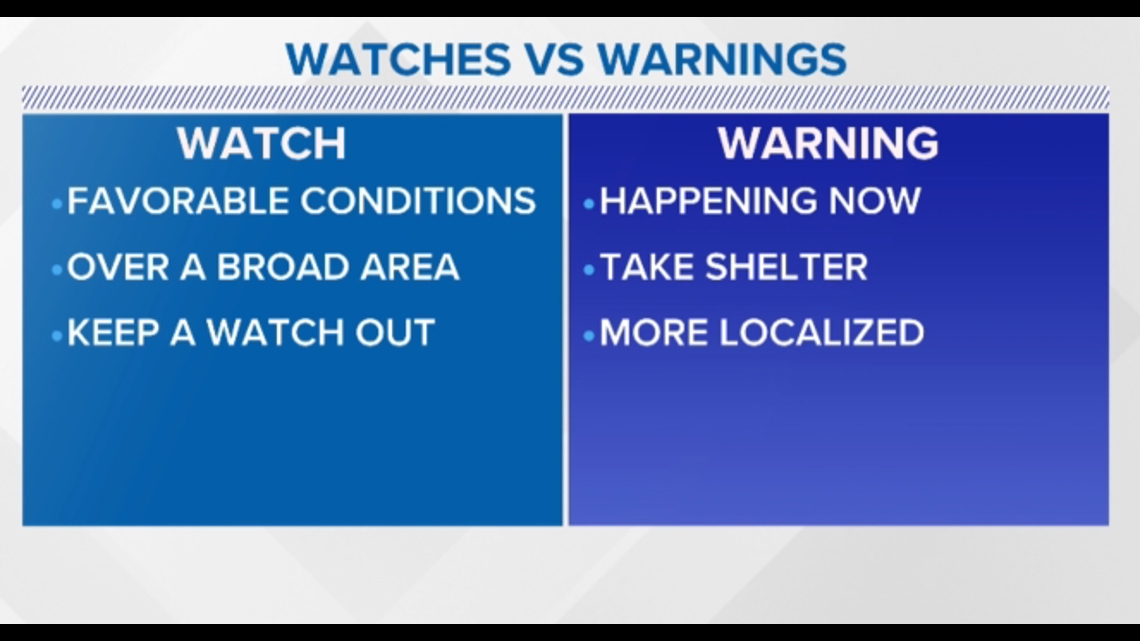
- Monitor the Weather: Keep a weather radio or smartphone app on hand to receive emergency alerts.
- Know Your Safe Place: Plan ahead and identify a safe location in your home, such as a basement or interior room away from windows.
- Avoid Outdoor Activities: Lightning is a hazard for anyone caught outside. If you hear thunder, move indoors immediately.
- Secure Loose Items: Strong winds can turn outdoor objects into projectiles. Tie down or bring in patio furniture, decorations and trash cans.

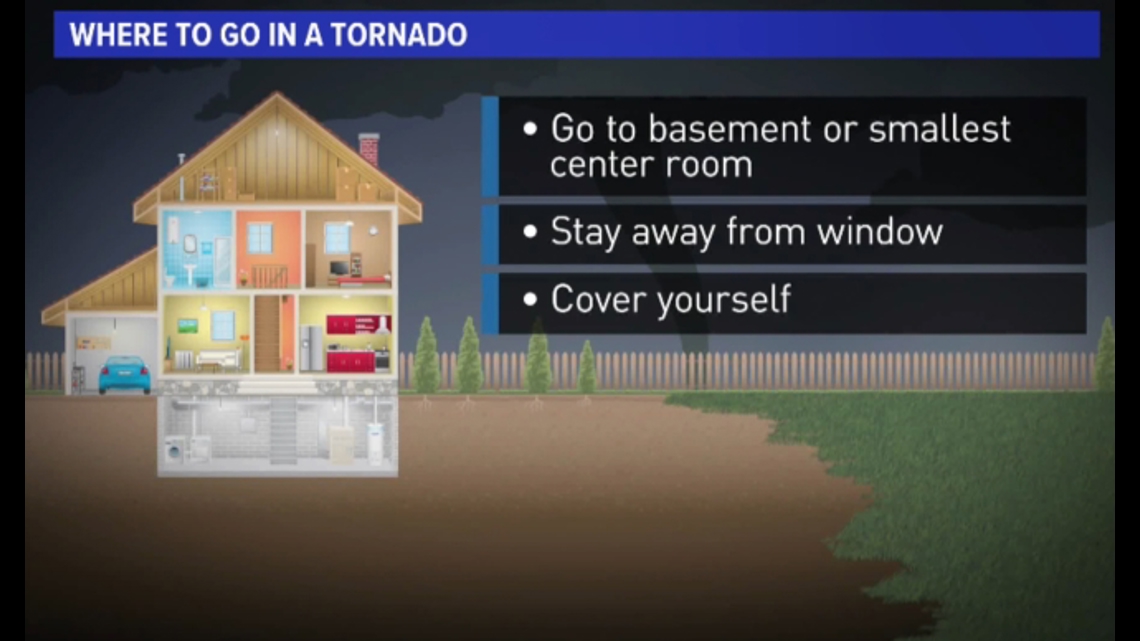
By staying informed and proactive, we can better protect ourselves during this active storm season. For continued updates, storm safety tips and the latest weather forecasts, visit firstcoastnews.com here.


